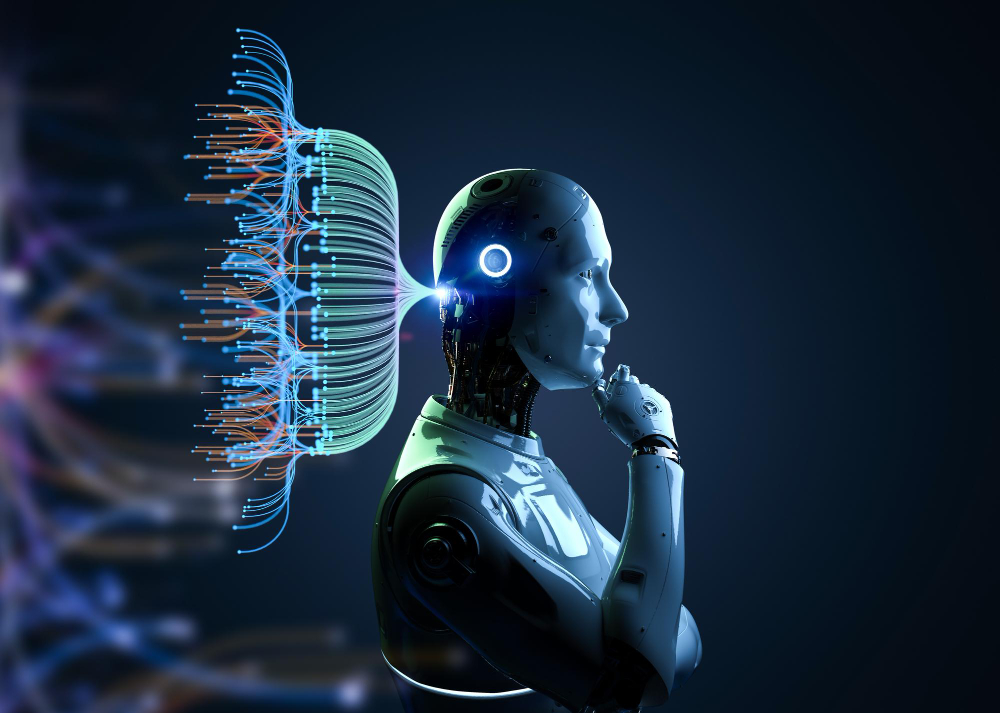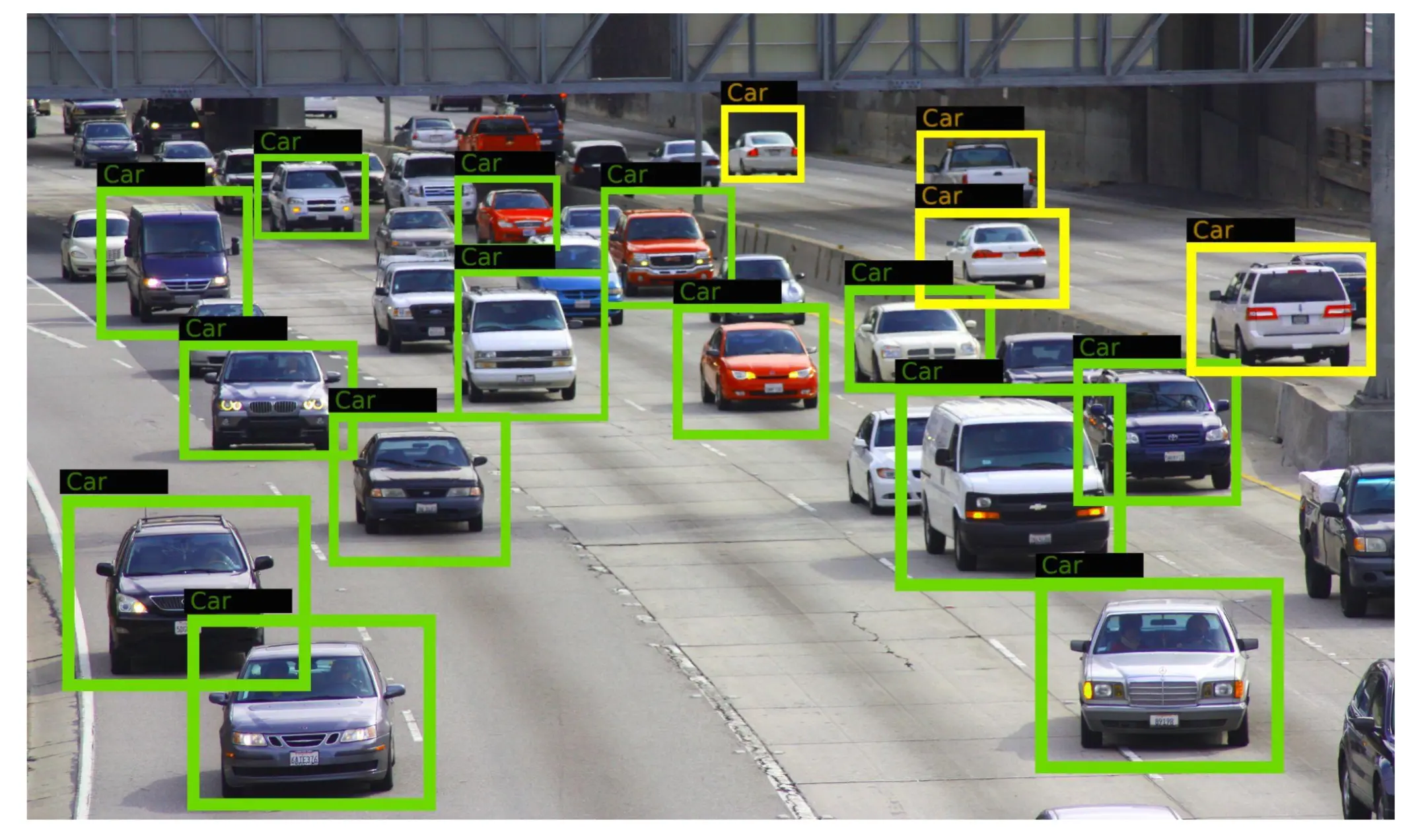- Publication: BigCode Project
- Publication Date: February 29, 2024
- Organizations mentioned: Hugging Face, ServiceNow Research, Nvidia, Northeastern University, University of Illinois Urbana-Champaign, and John Hopkins University.
- Publication Authors: Anton Lozhkov, et al.
- Technical background required: High
- Estimated read time (original text): 180 minutes
- Sentiment score: 75%, somewhat positive (100% being most positive)
TheBigCodeproject introduces StarCoder2, a new Large Language Model for Code (Code LLMs), developed in collaboration with Software Heritage. StarCoder2 is built on a training set that is four times larger than the initial dataset, spanning 619 programming languages. The models are thoroughly evaluated on benchmarks for code generation, editing, and reasoning, demonstrating state-of-the-art performance.
TLDR
Goal: The BigCode project, an open scientific collaboration, introduces StarCoder2, developed in partnership with Software Heritage (SWH). The goal is to advance the responsible development of Large Language Models for Code (Code LLMs) by creating The Stack v2, a dataset 4× larger than the first StarCoder dataset, spanning 619 programming languages and incorporating high-quality data sources like GitHub pull requests and code documentation.
Methodology:
- Data Collection: The researchers gathered a massive dataset from Software Heritage, known as The Stack v2, which included a variety of programming languages and code styles.
- Objective: To expose the AI models to a wide range of coding scenarios, enhancing their ability to understand and generate code.
- Method: The models were trained on this dataset, which included 900 billion tokens, to help them learn different coding patterns and logic.
- Connection to Goal: By training on such a diverse dataset, the models were expected to become highly proficient in coding tasks, similar to a chef learning to cook a vast array of dishes.
- Model Training: The researchers developed new AI models, StarCoder2, with varying complexities (3B, 7B, and 15B parameters).
- Objective: To create AI models that could perform a variety of coding tasks, from writing new code to fixing existing code and solving mathematical problems.
- Method: The models were trained using the data from The Stack v2, with an emphasis on understanding and utilizing long sequences of code.
- Connection to Goal: The well-trained models aimed to automate and enhance coding processes, making software development more efficient and less error-prone.
Key findings:
- StarCoder2-3B outperforms other models of similar size and even its predecessor, StarCoderBase-15B, on most benchmarks.
- The large model, StarCoder2-15B, significantly outperforms models of comparable size and matches or exceeds the performance of models more than twice its size on math and code reasoning benchmarks.
- StarCoder2 models also show strong performance in multilingual code completion, code fixing, editing, and math reasoning tasks.
- Repository-level code completion evaluations demonstrate that StarCoder2 models consistently outperform StarCoderBase models.
Recommendations:
- Encourage the adoption of StarCoder2 for a wide range of code-related tasks due to its state-of-the-art performance.
- Explore instruction tuning or preference alignment for StarCoder2 to improve handling of code editing without extensive prompt engineering.
- Continue research to achieve high performance across diverse programming languages in different settings.
- Utilize the provided search index and attribution tools for responsible deployment and to enable transparent and auditable use of the models.
Thinking Critically
Implications:
- Adoption of StarCoder2’s open and responsible development approach could lead to a more ethical AI landscape, where transparency and community involvement become standard practices for LLM projects. This could result in increased trust in AI systems and potentially foster a more equitable distribution of AI benefits across society.
- If organizations widely adopt StarCoder2 and similar models for code generation and editing, we might see significant shifts in software development workflows. This could lead to increased productivity but also raise concerns about job displacement, especially in roles focused on routine coding tasks.
- The release of StarCoder2 under an Open RAIL license, which includes use restrictions, could set a precedent for balancing openness with responsible use. This approach may influence future AI policy discussions and the development of governance frameworks for AI systems.
Alternative Perspectives:
- Despite efforts to curate high-quality training data and remove biases, the potential for harmful content generation remains. Alternative perspectives may question the effectiveness of current mitigation strategies and call for more robust mechanisms to ensure the safety and fairness of code generated by LLMs.
- The performance of StarCoder2 on various benchmarks is impressive, but alternative views might point to the need for more diverse and real-world testing scenarios. Critics could argue that benchmarks do not fully capture the complexity of software development tasks in industry settings.
- The decision to include certain programming languages and subsample others may introduce representational biases. Alternative perspectives could argue for a more balanced approach to data inclusion that better reflects the diversity of the global developer community.
AI Predictions:
- StarCoder2’s success in benchmarks and its open development model may lead to increased adoption of open-source LLMs for code within the software development industry, potentially accelerating the development of AI-assisted coding tools.
- The community-driven approach of the BigCode project may inspire similar collaborative efforts, leading to the development of more specialized LLMs tailored to specific domains or languages, promoting a more inclusive AI ecosystem.
- The release of StarCoder2 and its associated tools may catalyze further research into AI ethics, particularly in the context of AI-generated code, leading to advancements in AI governance, transparency, and accountability measures.
Glossary
- StarCoder2 Models: A series of neural networks with varying parameter counts (3B, 7B, 15B) designed for complex code-related tasks.
- Software Heritage Archive (SWH): A comprehensive collection of software source code, used as the primary dataset for training StarCoder2 models.
- The Stack v2 Dataset: A curated compilation of over 3.3 to 4.3 trillion tokens from diverse coding repositories, including open-source contributions and documentation.
- GitHub Pull Requests (PRs): A set of code changes and contextual discussions from GitHub, providing real-world coding scenarios for model training.
- Code Documentation Sources: Textual explanations accompanying source code, such as comments, guidelines, and API documentation, used for contextual learning.
- Training Tokens: The fundamental units of text (e.g., words, characters) that the models use during the learning process, with The Stack v2 containing trillions of such tokens.
- Parameter Count (3B, 7B, 15B): The number of trainable weights within the StarCoder2 models, indicating their complexity and potential capacity for learning.



 Join hosts Anthony, Shane, and Francesca for essential insights on AI's impact on jobs, careers, and business. Stay ahead of the curve – listen now!
Join hosts Anthony, Shane, and Francesca for essential insights on AI's impact on jobs, careers, and business. Stay ahead of the curve – listen now!


